By Jock Elliott, KB2GOM
Bob Colegrove inspired this, with his excellent post “Pressing Buttons. Twirling Knobs and Throwing Switches.” If you haven’t read it, go do so now.
And it was our Maximum Leader, Thomas, who some time ago was asked “What’s the best shortwave radio?” His response (if I recall correctly): “The one you enjoy using.” That’s worth taking to heart. It doesn’t matter if you have the highest, techiest, super zoot receiver or SDR with the best lab numbers, if you don’t enjoy using it, how much will you really use it?
Given my age and my radio experience, my belief is that a real radio has a knob or button or switch for just about every function and a real tuning knob that doesn’t snap, crackle or pop as it changes between tuning increments.
The photos show the Tecsun S-2200X is studded with knobs and buttons, enough to satisfy an old retrocrank, but how would it perform? Dan Robinson had already reviewed it here. I respect his reviews, but I had to see for myself. With some trepidation I ordered the Tecsun S-2200X.
It arrived a couple of days ago. First impression: it’s a large radio – measuring approx. 15 inches wide, 7 inches tall, and 5 inches deep. It can run off 4 D batteries or 2 18650 rechargeable batteries, so technically it is a portable, but you’ll probably want something like a gym bag or backpack to transport it.
The fit and finish are pleasing, what you would expect from a radio in this price range. The front panel is studded with (if I am counting correctly) 33 buttons for activating various functions, 7 knurled metal knobs, a lighted analog signal strength meter, and a 3.5 inch by 1.5 inch (approx..) lighted liquid crystal display that serves as information central for the S-2200X.
On the right side are two BNC antenna connectors (one for FM and airband, the other for shortwave), a pair of clips for attaching a shortwave wire antenna, and a switch for selecting between internal and external antennas.
On the back are two hatches for installing batteries and inside one of the hatches, a switch for choosing between powering the receiver with D cells or the 18650 batteries. Also on the back, stereo line-out sockets.
On top, there are a retractable carry handle, a rotatable LW/MW antenna with a connector on the backside for an external LW/MW antenna, and a pull-up telescoping whip antenna for SW, FM, and air band.
On the left side is a port for plugging in the charging cable for the 18650 batteries.
Ease of Use
The S-2200X is straightforward to operate for basic operations (Memory operations will require consulting the well-written manual). On either side of the tuning knob are buttons for selecting FM, MW/LW, SW and Air bands, as well as selecting memory pages. Prolonged pressing of certain band buttons will activate Auto Tuning Storage of frequencies in that band, and these buttons are clearly labeled.
For shortwave, there are two buttons: SW+ and SW-, and, if you are in AM mode, these are used for incrementing between shortwave bands. However, if you are in either upper or lower sideband mode, these buttons will increment between amateur radio HF bands.
Below, and to the right of the tuning knob is a small button for switching between memory mode and frequency mode. A long press of this button will activate scanning of whatever band or memory page is active. To the lower left of the tuning knob is a button for changing tuning steps.
Below the signal strength meter is a 12-button keypad, and to the left of this are buttons for selecting synchronous detection, USB, LSB, and bandwidths. Volume and tone controls are knobs below the speaker grill.
As they used to say in the old sports car magazines: “The controls fall readily to hand.” If your goal is to pop in some batteries and start using the S-2200X right away, I found it easy to do. I particularly enjoyed the smooth tuning – both mechanical and audio – provided by the large, dimpled, tuning knob. On the unit I purchased, the tuning knob, though solidly mounted, wobbles a tiny bit.
Performance
The S-2200X acquits itself well. FM is top notch and the stereo audio is pleasing through headphones, which I routinely use to listen.
The MW performance was also satisfying, and I enjoyed using the rotatable LW/MW antenna to peak signals . . . it works! I tried plugging a Terk AM Advantage loop antenna into the jack on the backside of the rotatable antenna and found no discernable improvement in signal. To be fair, if you want the ultimate in MW DX performance, there are “hotter” MW receivers available, but I was not disappointed. I did not test LW performance.
Airband performance was average. An ATS scan of airband found five active frequencies in my area, and there is the ability to scan stored memories, stopping at each one for about five seconds.
On SW, the S-2200X delivers satisfying performance through its telescoping whip antenna. Using time stations as standards for testing, and switching between the whip and a 45-foot indoor wire loop antenna, the signal strength meter showed signals received on the whip often equaled or were only slightly less strong than those from the loop. Note well: if you conduct this experiment for yourself, there is a noticeable – perhaps one second – delay in the signal strength meter reacting to the change in antennas. If you are a SW program listener, there are a variety of bandwidths and tone controls to fine tune the signal to your liking. I tried using the synchronous detection, and it sharpened the audio but introduced a pulsing quality to the signal that I did not like.
Most of my HF listening concentrates on single-sideband voice signals: the HF ham bands, Coast Guard weather forecasts, aeronautical voice communications, and the like. Here the S-2200X also delivers satisfying performance with impressive sensitivity on the whip antenna, a variety of bandwidths to choose from, and a fine tuning knob for dialing in the signal.
Noise Control
Now here is where the S-2200X got really interesting.
Not long ago, I became aware of a technique used by some of the experienced old hands. They would tune up on an SSB signal, then reduce the RF gain to remove as much noise as possible while preserving an intelligible signal. It made listening much more enjoyable and less fatiguing.
I tried this on my Icom IC-706 MkIIG and found that it was indeed an effective technique, but I wanted a radio I could park bedside so I could listen SSB signals on headphones while the Better Half drifts off to sleep. The Icom requires a separate power supply and an external antenna, and that seemed impractical for a bedside radio. Further, none of my portables have RF gain control.
The S-2200X does have a gain control. Here’s what the manual has to say about it: “When listening to longwave, medium wave, or shortwave, use the RF Gain control knob to adjust the gain for signals of different strengths and obtain the best reception.” I tried it on a SSB signal and it reduced the noise a little, but not nearly as much as the Icom IC-706.
Then I idly tried the squelch knob below the RF gain knob, and – tah dah! – substantial noise reduction, rendering the signal much more pleasant in my ears. The manual says: “Using the squelch control knob may reduce or suppress background noise when listening to LW, MW, SW, and airband.” As they say in the informercials: it really, really works!
Yes, but is the S-2200X really better than the other Tecsun radios that have similar basic circuitry but don’t have RF gain or squelch controls? The short answer is a definitive YES. Doing A/B comparison with my Tecsun PL-880, I found the two radios sounded about the same on a noisy band. But when I activated the RF gain and squelch controls on the S-2200X, it demonstrated a substantial advantage in “listenability” over the PL-880 with no RF gain or squelch controls.
Bottom line: based on my usage so far, I can heartily recommend the Tecsun S-2200X, particularly if you are interested in using it as a communications receiver for monitoring ham and utilities SSB signals.

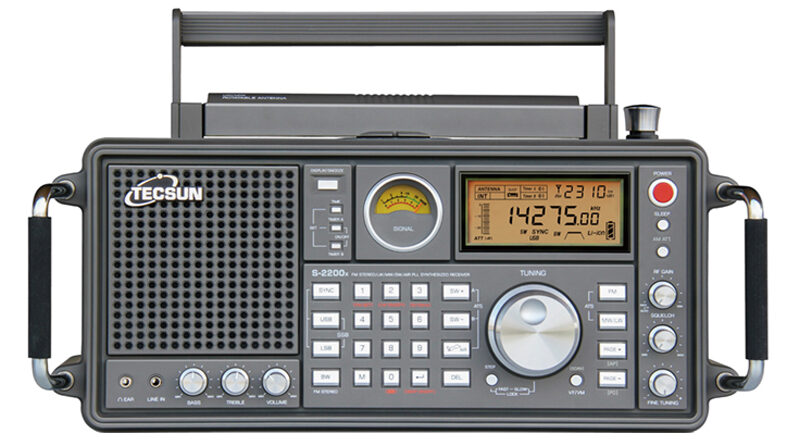
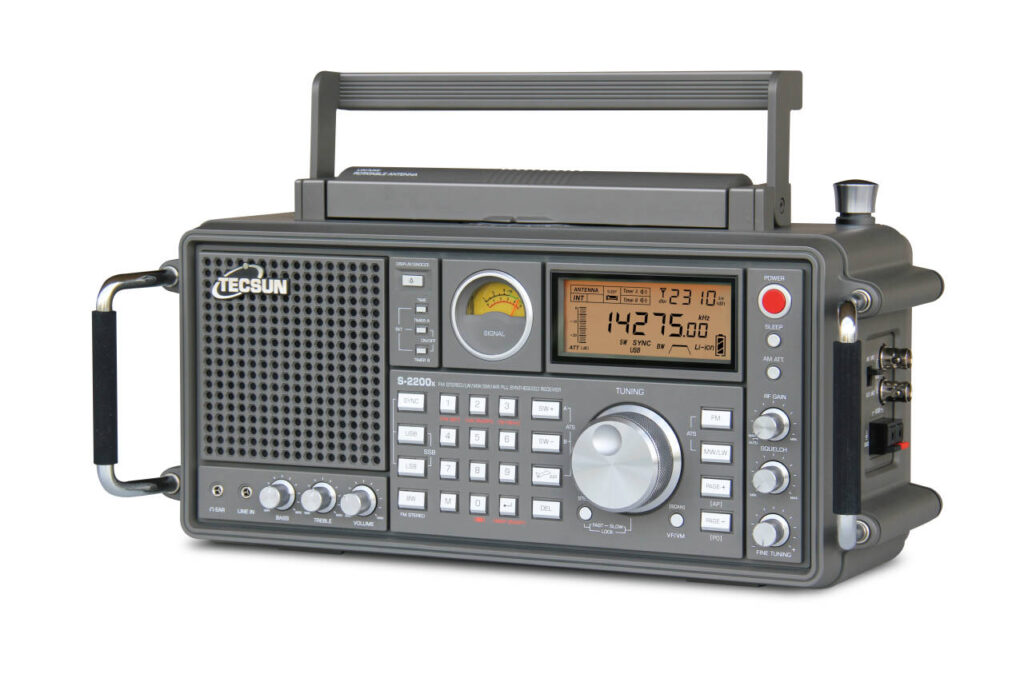
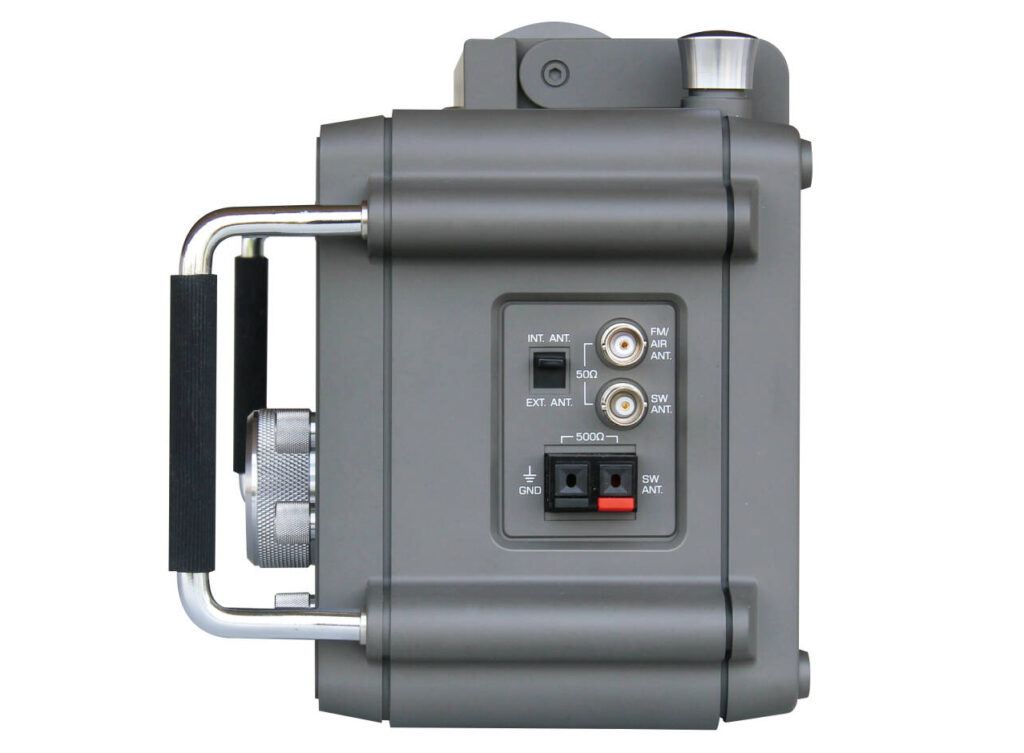
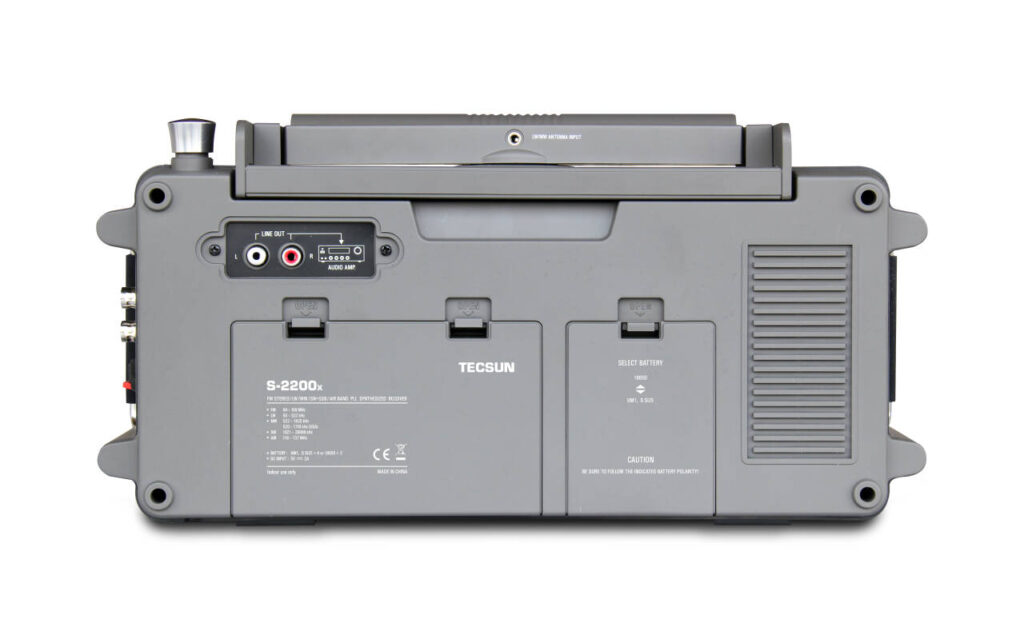
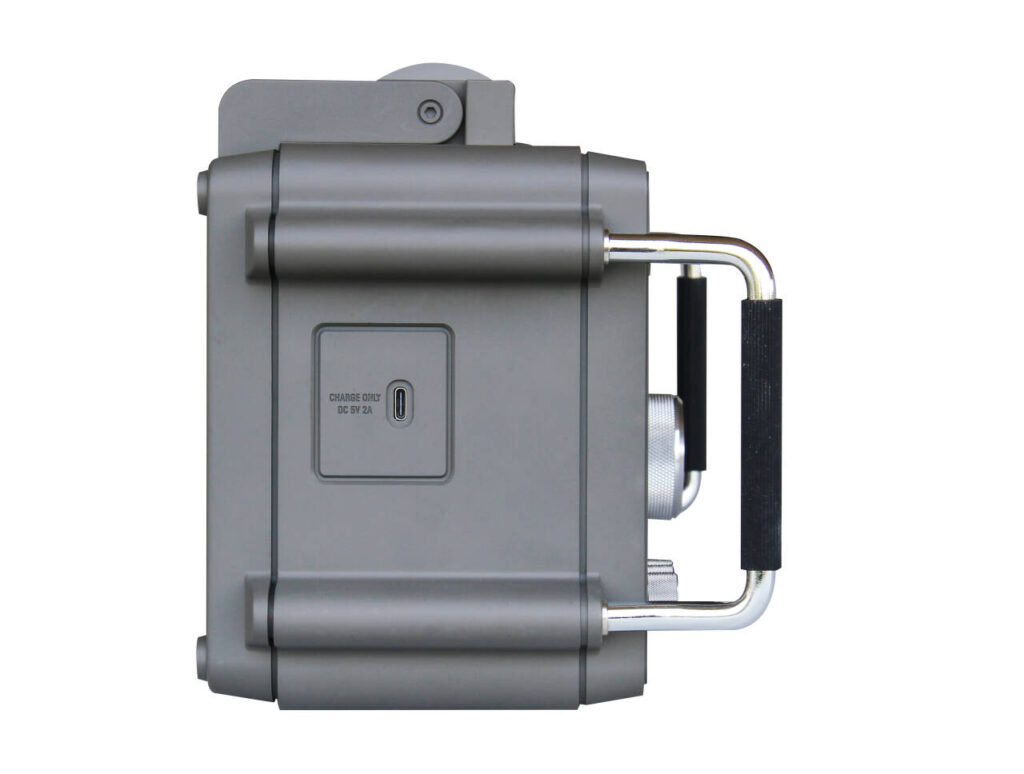
Hello Jock,
Thanks for this timely review. Timely for me because I just ordered one this past Tuesday and it is currently in transit.
Like you, I too ordered mine with some trepidation– actually, quite a bit of trepidation. However, if you read my reply to William Scott, you will see my rationale for such a seemingly bold move.
Bob Colegroves’ post also inspire me to make this purchase; because it reminded of of my PL-880, which has excellent ergonomics and is a joy to tune. Based on that experience, I’m sure I really enjoy this receiver too. However, there is no doubt that I will have to put in the requisite time getting to really know this radio (starting with carefully reading the manual), exploring its capabilities, and optimizing its settings.
BTW, I’ve already downloaded the manual and put it in its own binder, along with a copy of Jay Allen’s “Observations/Comments,” and now a copy of your initial impressions post — Thanks.
If you would, going forward, please keep us apprised of any further observations and comments you may have while using this receiver. Thanks again for this informative post.
Cheers and 73
Roger,
Thanks for the kind words, and I would be happy to post further observations and comments on the Tecsun S-2200X as appropriate.
Cheers, Jock
If Marilyn Monroe was a radio, she’s look like the Tecsun. Thanks for the excellent review Jock and 73’s.
Mario,
Thanks for the smile!
Cheers, Jock
I loved your review, Jock! And thanks for the tips. I don’t have one of these but this radio has definitely been on my radar lately.
Bill
Bill,
Thanks for the kind words.
Cheers, Jock
Hello Bill,
I just ordered one of these this past Tuesday evening — like you, this receiver had been on my radar for some time. However, “nothing sharpens one’s mind like that of a hangman’s noose.” The noose in this case would be pending tariffs. If currently suggested tariff policies stay the same, on goods imported from China, I strongly expect the cost of this receiver to increase, perhaps significantly. Having said that, I would highly recommend purchasing it ASAP. Just a word to the wise.
Cheers and 73,
Roger Fitzharris
Hi Roger,
Yes, the tariff situation has me worried too, and I’ve been racking my brain to make sure anything I might be interested in I get soon.
73s,
Bill
Is the main tuning knob set-up still an encoder mounted on the PCB, or is it on a separate bracket? I have the S2000 and will have to do a second change-out of the encoder (I wear it out after several years). A more robust encoder would be appreciated, as it is necessary to unsolder/solder shields, etc. to replace the encoder. I fixed my tuning knob wobble with a piece of tin foil around the encoder shaft, then a simple piece of round felt between the back of the knob and the case, seemed to help.
Ken,
Thanks for the suggestions for fixing the wobble.
I don’t know about how the encoder is mounted.
Cheers, Jock
The squelch on my Eton Elite 750 does the same thing. It serves as a noise supression control. It also mentions this in the manual. I use it all the time for noise control.
Cheers!
Ward,
I did not know that. Interesting!
Cheers, Jock
Correction, it was a single sheet brochure with squelch and noise suppression.
Good discussion.
I went back and re-read Jay Allen’s review. He confirms Jock’s evaluation that the new electronic guts “way out performs” the original version.
He writes that on AM MW band he was shocked when he took the new model outside away from RFI and switched from the Ferrite Rod MW antenna to using the telescopic whip – it was way more sensitive and had “Five Star” equalling performance.
Regarding the Tecsun S-2200X LW/MW sensitivity:
In the case of the Grundig Satellit 750 and the older Satellit 800, a little-known secret is that the whip antenna has an additional RF amplifier that is not used on other antenna inputs. Based on Jay’s experience operating the S-2200X whip on MW, I would suspect that the new radio also has an extra RF amplifier as a “hidden feature,” and would be interested to know if this is true.
I have taken advantage of this on the 750 and 800 by using the fully-folded whip as a “hot” input terminal and the grounded compression terminal (for the 500-ohm input) as a “counterpoise.” That way any external dipole or loop can be connected to provide improved LW/MW reception. I can submit a posting describing this, if there is any interest.
Bob,
I would be very much interested.
Cheers, Jock
No more E-mails I`m tired of reading them!
Might look like one but not inside and you can tell by how it reforms!
There are many posts on this
Charlie,
Thanks for mentioning that.
Cheers, Jock
This ain’t nothing but an old Grundig Satellit 750 radio rebadged.
Mike,
Actually, not correct. Same box, new interior circuitry
Cheers, Jock.
Jock Elliott, KB2GOM reminds us that Thomas calls the best radio receiver “the one you enjoy using”.
Personally, I’d say that “the best radio receiver is the one you know how to use well! “. The one whose capabilities you know, the optimal settings to get the best reception, not to mention using the right antenna for the waveband you’re listening to, etc.
My answer refers to the great French photographer Henri Cartier-Bresson, who said that the best camera is the one you know how to use well!
And when you know how to get the most out of a radio receiver, you’re bound to enjoy using it… dixit Thomas … Q.E.D., quod erat demonstrandum
Paul,
I agree, and I would add that some receivers are designed in such a way that makes it easy to learn how to use them well.
Cheers, Jock
Thanks for the review. I was the first to receive the S2200X in the Netherlands and found it a pleasant radio. My knob doesn’t wobble but i miss a possibility to raise the radio slightly towards the user. Furthermore i find it troublesome that you can not listen to it while recharging! A separate loader and batteries will help solve it. Sound is pleasant as you can adjust the sound!
Gerard,
Thanks for your comments.
Cheers, Jock
Wow Thanks for the tip on RF Gain / Squelch!
I got one apx 2 or 3 weeks ago. And am very happy with it (Except for how the fine tuning on SSB works only with the small knob)
I found the RF Gain did minimal on mine unless I also had Attn set high then it did some good.
I will have to try Squelch – I never would have thought of that and missed that in the manual!
Thanks again
783 de w8wca
Charlie,
Yes, please do give the squelch knob a try and report your experience back here.
I tried the squelch knob almost by accident and then later looked it up in the manual. I’m glad I did, and I think you will be too.
Cheers, Jock
The RF squelch is usually used to cut out the background static when listening via AM or FM so the radio remains silent between transmissions. It is not going to enhance your SSB experience. So not sure what that guy is talking about.
Mike,
I’ve used lots of radios that have a squelch control that behaves exactly as you describe.
This one, however, behaves differently from other squelch controls that I have used and differently than I expected.
If you have the opportunity, try the squelch control on the Tecsun S-2200X and report your experience here.
Cheers, Jock